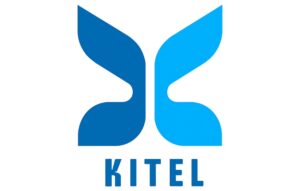Background & Results
The SDTM Project 1 successfully demonstrates the automation of mapping heterogeneous clinical trial datasets into a CDISC-compliant SDTM DM (Demographics) domain. Using a specification-driven pipeline, raw data from multiple sources were ingested, harmonized, and transformed with standardized variable naming, controlled terminology, and ISO 8601 date formats. Automated processes, including USUBJID generation, arm assignment merges, and demographic derivations, ensured consistency, traceability, and regulatory compliance across the resulting DM datasets.
Compared to traditional manual approaches, the automated framework significantly reduced programming and quality control time, improved data accuracy, and provided reusable, flexible workflows that can easily accommodate new variables or data sources. The final deliverables, exportable in CSV, Excel, SQL, and XPT formats, are immediately submission-ready and integrable with other SDTM domains, demonstrating both practical efficiency and adherence to industry standards.
